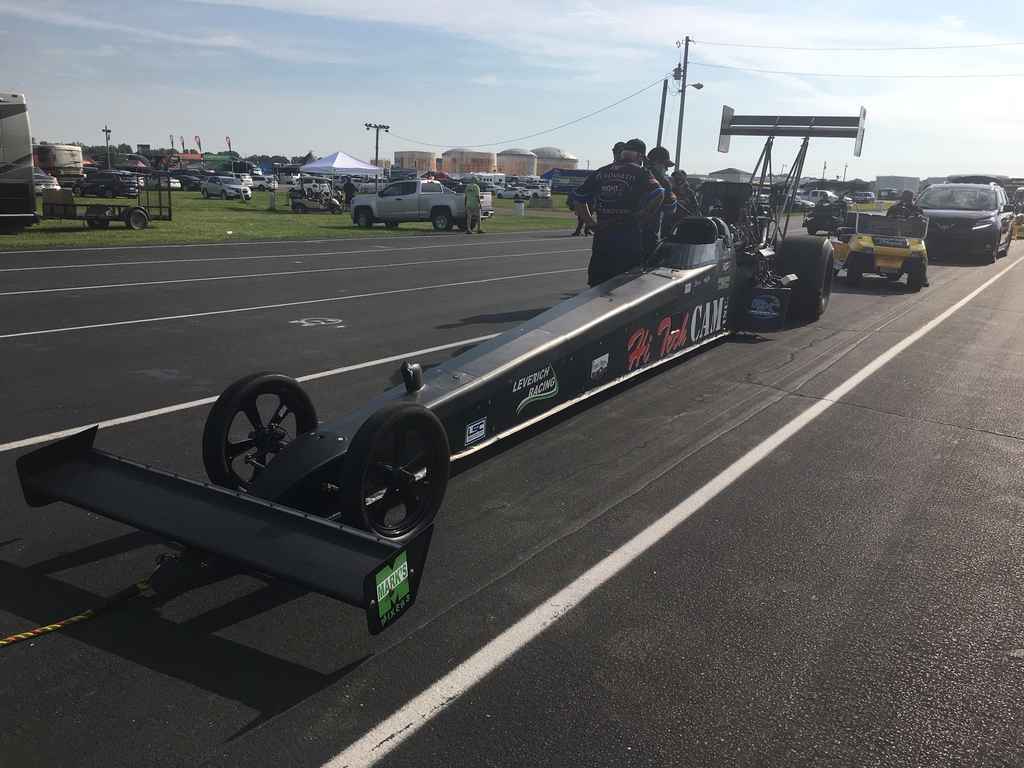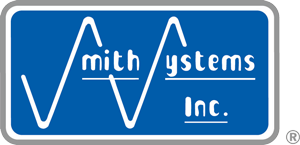Author: Sinjon Stringfellow
New technology and analytics are driving change in all industries. There are new opportunities and more options for sensors thanks to the advancement of Industry 4.0 and the Industrial Internet of Things (IIoT). The first step into this new age begins at the edge where smarter sensors are helping businesses improve efficiency, prevent failures, and lowering maintenance costs. Sensors with digital outputs utilizing common protocols via Ethernet like TCP and UDP provide easy access to more data.
Ethernet Sensors
A reliable and error-free form of communication over Ethernet is TCP/IP. This protocol allows for two way communication between a sensor and a controller. Sensors with multiple outputs can be combined within a single packet, diagnostic information can be requested from the sensor by the controller, and an easy connection to existing networks is enabled.
SSI has developed a temperature sensor that reliably and continuously transmits temperature over the TCP layer in a harsh environment over a long distance. This sensor also can be assigned network parameters via DHCP making this a plug and play product with any DHCP enabled network. This sensor has been modified to use UDP which is a lower latency protocol than TCP and a worthy alternative for some applications. The connectivity and data provided by this product will help the customer continuously monitor their system, optimize their operation, and decrease maintenance time.
SSI’s development of the Ethernet Temperature sensor has opened the pathway to enable other sensor types for Ethernet output. The multiplicity of outputs and the valuable data gathered from these sensors are fundamental to Industry 4.0 and IIoT.
Wireless Sensors
Wireless sensors are becoming more cost-effective, compact in design, and easier to deploy. A wireless solution will provide all the same benefits as a wired Ethernet sensor like optimizing systems, decreasing costs, and providing data while also being easier to install, maintain, and develop. As industries adopt IIoT, sensors like the self-powered wireless sensor in development at SSI will be a cost-effective and alternate solution to wired sensors.
Smart sensors are the stepping stones to aggregating data for advanced analytics. Analytics can be reviewed and monitored to significantly improve industry efficiency while reducing costs. With connectivity around the world becoming more accessible and faster through developments like 5G and satellite internet, SSI looks to evolve sensors for a seamless transition into the new industrial age.



